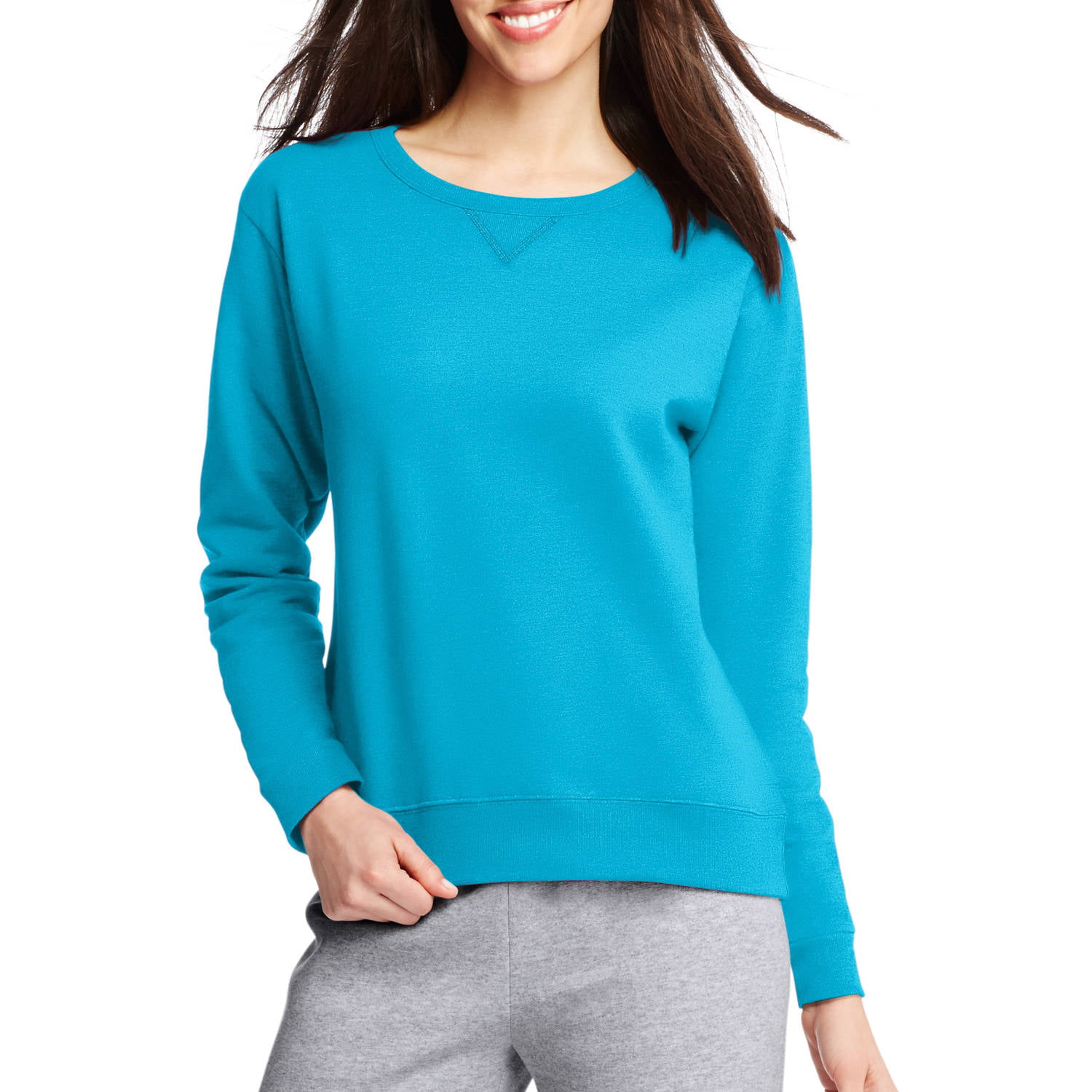Sweatshirts are long-sleeved, pullover garments made of thick cotton cloth. They are generally worn casually, and are not so formal as sweaters and cardigans. They do not usually have the hood. If you're thinking of purchasing a sweatshirt, here are some suggestions:
Norma Kamali sparked the appeal of sweatshirts
Since the late 1970s, Norma Kamali has transformed the simple sweatshirt into a work of art. Her designs are now the staple of almost every woman's wardrobe. Her unique styles vary from a tummy-tucking neckline to thick leather sweatshirts. She also has created clothes in unique shapes, such as an oversized tank top that has long trumpet skirt.
A collaboration of the designers and the sweatshirt maker Everlast led to her Timeless collection, which was a huge hit when it debuted in the spring catalog of Spiegel. The collection offered interchangeable and convertible knits with classic designs and a lot of pieces were priced under $20. Even even if Norma Kamali's Timeless collection wasn't available in stores, customers could still find the items on eBay or Poshmark.
Merino wool sweatshirts tend to be more comfortable than sweatshirts made of soft wool.
Merino wool is well-known for its ability to wick moisture away that help keep you dry and comfortable. Merino wool is an organic fibre that also offers a smoother and more comfortable feeling. It is also quick to dry when compared with other natural materials. Additionally, merino is a sustainable resource. Merino sheep shed their coats every year and regrow new ones.
Merino's weight-to-heat ratio is high, and the warmth of wool is what makes it a popular choice for sweatshirts. It assists in regulating the temperature of your body due to its natural loft, which traps heat between the fibers. This is why Merino wool sweatshirt s work perfect for outdoor activities in the summer, such as mountain biking, hiking, and running. The warmth it provides helps keep the wearer comfortable and dry. This is important when working out.
sweat shirts -front hoodies feature kangaroo pockets.
Kangaroo pocket Hoodies are a very popular type of hoodie. They feature a big pocket on the front, which helps keep your hands warm on chilly days. They're much more practical than traditional pockets, since they allow the hands to slide in and out easily.
Kangaroo pockets are usually large enough to accommodate a wallet or some other smaller personal items. They are commonly big enough to hold one hand in a smaller size, and can even be wide enough to fit two hands. They are wide on either side , and can be used to carry small objects.
French terry fabric is a very popular material for sweatshirts.
The French terry fabric is made of soft yarns knitted into loops and is usually mid-weight. It is also famous as a fabric that wicks away moisture and is already pre-shrunk. French terry is a great choice for sweatshirts because it keeps you warm when you require it and also keeps you cool when you're trying to cool down.

French terry is also popular for loungewear, since it is stretchy enough and has enough flexibleness to feel great on your skin. It also allows for enough air to circulate through the fabric, which makes it ideal for layering underneath other clothes. In addition, because it's lighter than most sweatshirts that you can wear throughout the year without feeling too hot or cold.
Hoodies can be classist.
Although it could appear that hoodies are simply an appropriate clothing item for those who are working class but the truth is that they have a classist connotation. Hoodies first became used in the early 1970s in New York, where graffiti artists wore them to hide their identities. In sweat shirts , hoodies made their major appearance in the film "Rocky," when the protagonist of the film was a working class man in hooded gray sweats on his famous climb up the steps of the Philadelphia Museum of Art.
Hoodies are frequently associated with death, destruction, and other undesirable things, but they also serve practical purposes. For instance, priests and monks may wear hoods to show modesty and inward focus.
